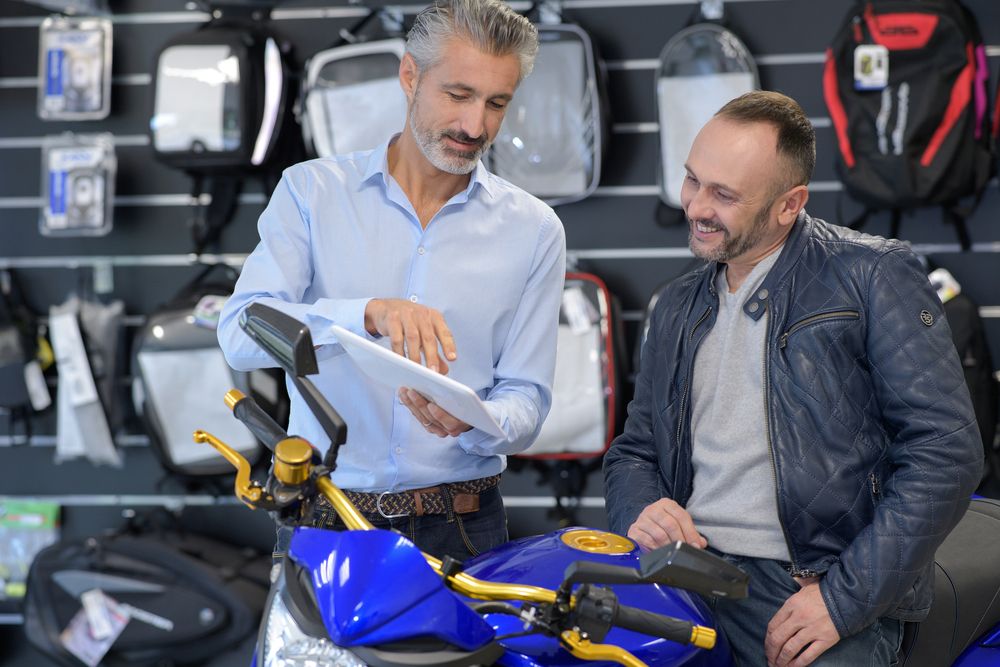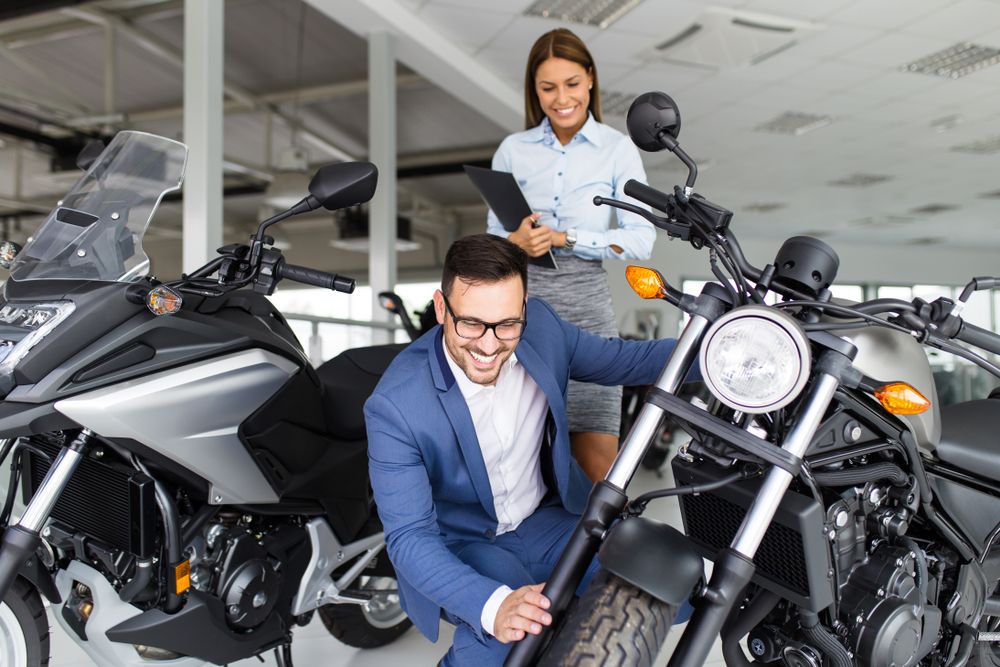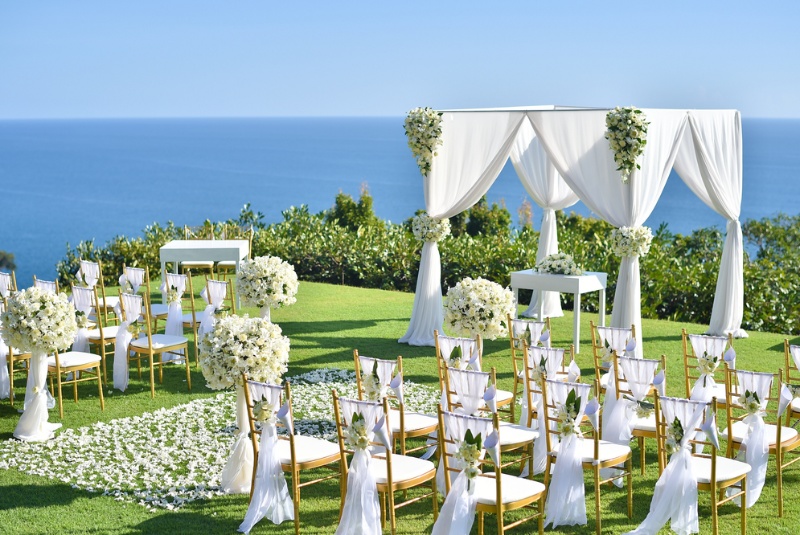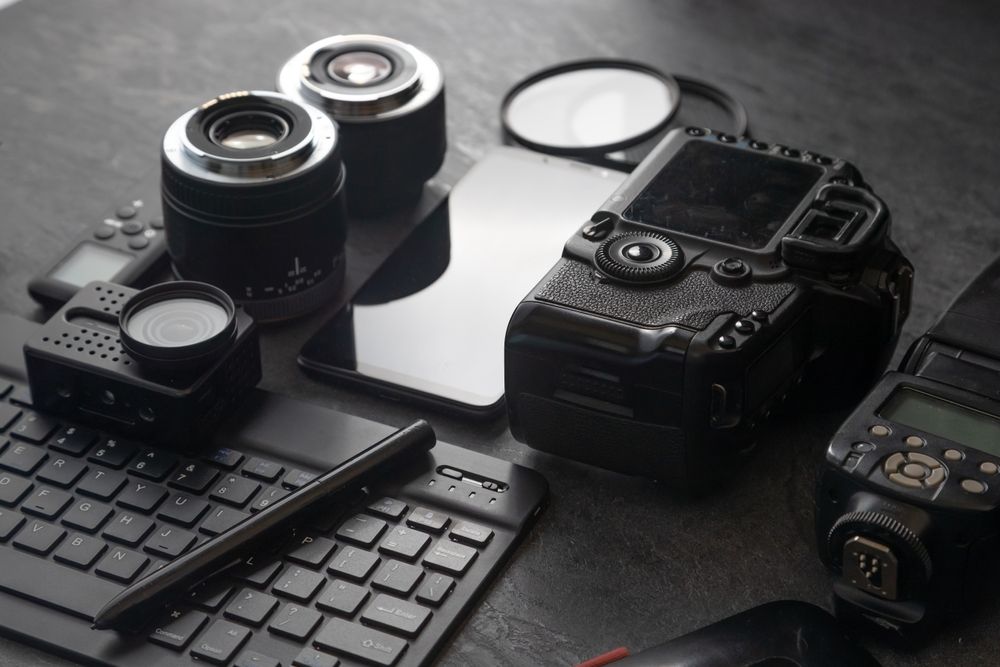For many, the idea of owning a motorcycle signals freedom, adventure, and a deeper connection to the road. Whether you’re a seasoned rider looking for an upgrade or a newcomer eager to experience the thrill of two wheels, purchasing a motorcycle involves more than just selecting a cool design. From matching a bike’s style to your intended use, to understanding key specs and safety considerations, being well-informed can make the difference between a satisfying purchase and buyer’s remorse. This guide will walk you through the essential steps to ensure you find a motorcycle that fits your riding goals, skill level, and budget.
1. Clarify Your Riding Goals and Experience Level
Why It Matters
Motorcycles come in a variety of shapes, sizes, and performance capabilities. Pinpointing the kind of riding you’ll be doing—weekend cruising, daily commuting, long-distance touring, off-road adventures, or spirited track days—helps narrow your choices. It’s also crucial to be honest about your riding skills; a beginner on a high-powered sportbike can be a recipe for trouble.
Questions to Consider
- Experience: Are you new to motorcycling or a returning rider after a break?
- Primary Use: Commuting, touring, weekend fun rides, or track/race use?
- Skill Development: Are you hoping to sharpen cornering skills on twisty roads or log comfortable highway miles with minimal effort?
Takeaway: The best motorcycle for you should suit your everyday needs, riding environment, and comfort with power and handling.
2. Explore Major Motorcycle Categories
Why It Matters
Each bike category is designed with different purposes in mind. Understanding the basics can prevent mismatched expectations—like buying a race-focused superbike for slow-speed urban commutes.
Main Categories
- Standard (Naked Bikes)
- Features: Upright seating position, minimal fairings, moderate engine sizes.
- Pros: Versatile, comfortable for daily rides, less intimidating for beginners, easy to maneuver.
- Cons: Limited wind protection on highways, may not excel in any single specialized area.
- Who It’s For: Commuters, casual weekend riders, first-time buyers.
- Cruisers
- Features: Relaxed riding stance, lower seat height, often V-twin engines (think Harley-Davidson or classic cruiser styles).
- Pros: Comfortable at lower speeds, stylish, iconic design, good for shorter to moderate rides.
- Cons: Heavier frames, less agile in twisty roads, not as fuel-efficient.
- Who It’s For: Riders seeking relaxed highway cruising and classic looks.
- Sport Bikes (Superbike/Supersport)
- Features: Aggressive, forward-leaning posture, high-revving engines, aerodynamic fairings.
- Pros: Incredible acceleration, precision handling, top performance.
- Cons: Unforgiving for novices, less comfortable on long rides, higher insurance costs.
- Who It’s For: Experienced enthusiasts who prioritize speed and track-like performance.
- Touring / Sport Touring
- Features: Larger windshields, comfortable seats, ample luggage capacity, upright or relaxed seating.
- Pros: Designed for extended journeys, stable highway manners, protective fairings.
- Cons: Heavier, can be expensive, less agile in tight city maneuvering.
- Who It’s For: Riders planning multi-day trips or frequent long-distance tours.
- Adventure / Dual-Sport / ADV
- Features: Higher seat clearance, capable of both on-road and off-road usage, upright ergonomics.
- Pros: Versatile for varied terrains, good fuel range, comfortable posture.
- Cons: Taller seat height can challenge shorter riders, heavier than dedicated dirt bikes.
- Who It’s For: Those combining highway journeys with occasional trails, or exploring rough roads.
- Off-Road / Dirt Bikes
- Features: Lightweight, high suspension travel, knobby tires, minimal street features.
- Pros: Excellent for trail riding, jumps, and unpaved surfaces.
- Cons: Not ideal (or legal, unless it’s street-legal dual-sport) for extensive on-road use.
- Who It’s For: Riders focusing on motocross, enduro, or purely off-road fun.
Takeaway: Matching the category to your typical riding environment is a pivotal first step.
3. Check Engine Size and Performance
Why It Matters
Engine displacement (measured in cubic centimeters, cc) often correlates with power output and bike weight. Bigger isn’t always better—especially if you’re still honing your riding skills or want a lighter, more manageable machine.
General Guidelines
- Under 300cc: Ideal for beginners or city commuting—light, maneuverable, and fuel-efficient.
- 300–600cc: A sweet spot for intermediate riders or those wanting a balanced city and highway bike. Many sport bikes in this range offer spirited performance without extreme power.
- 600–1000cc: Mid to large displacement bikes, including sport and naked models. This range can deliver significant horsepower—suitable for experienced riders.
- 1000cc+: High-powered cruisers, touring bikes, or superbikes. They demand advanced skills and respect.
Takeaway: Start with a manageable engine size that matches both your experience and riding intentions. Jumping to excessive horsepower too soon can compromise safety and enjoyment.
4. Consider Comfort and Ergonomics
Why It Matters
Long hauls in an uncomfortable seating position can turn your dream bike into a regret. The best way to gauge comfort is to actually sit on (or test-ride) the motorcycle.
Key Points
- Seat Height: Ensure your feet can reach the ground confidently—especially if you’re a beginner. Touching the ground helps in balancing at stops.
- Handlebar Position: Forward-leaning sport bikes might strain wrists on long rides. Upright bars can reduce fatigue.
- Foot Peg Placement: Cruisers often have forward controls, while sport bikes place pegs higher and further back.
Takeaway: Don’t just pick a bike for looks. Comfort, particularly for commutes or tours, is crucial. Spend time at the dealership (or test-riding) to confirm a bike’s ergonomics suit your body type.

5. Budget: Purchase Price, Insurance, and Operating Costs
Why It Matters
Motorcycles can be cheaper than cars, but costs can still add up quickly—especially for high-performance models. Factor in not just the sticker price, but also insurance, maintenance, gear, and potential modifications.
What to Consider
- Upfront Cost: New bikes come with warranties but depreciate quickly. Used bikes can offer great value if well-maintained.
- Insurance: Sport bikes and high-displacement models typically cost more to insure. Younger riders or those with less experience might face higher premiums.
- Maintenance and Repairs: Oil changes, tires, chains, and specialized services vary by brand and model. European brands can be pricier to service.
- Fuel Economy: Most bikes are fuel-efficient compared to cars, but some large touring or performance bikes can guzzle more fuel.
Takeaway: Determine your overall spending range, then investigate average insurance rates for your chosen model. If you go used, budget for any needed repairs or new tires.
6. Safety and Rider Aids
Why It Matters
Motorcycle safety technology has advanced significantly—ABS (anti-lock braking system), traction control, and riding modes can greatly reduce the risk of accidents. New riders benefit from safety aids that help manage power delivery and braking.
Key Features
- ABS: Prevents wheel lock-up under hard braking, a potential lifesaver on wet or slippery roads.
- Traction Control: Adjusts engine power if wheel spin is detected, helpful on loose surfaces or in poor weather.
- Riding Modes: Some bikes offer “Rain,” “Sport,” or “Eco” modes, altering throttle response and power output to match conditions.
Takeaway: Prioritize bikes with ABS—some regions even mandate it for new bikes over certain displacements. Additional electronics can enhance confidence, especially if you’re less experienced.
7. Brand and Reliability Research
Why It Matters
Different manufacturers are known for different strengths—Honda is often praised for reliability, Ducati for performance and style, Harley-Davidson for iconic cruisers, etc. Some brands also have better dealership networks or parts availability in certain regions.
Research Tips
- Owner Forums: Real-world feedback from current owners can reveal common issues, parts costs, or hidden quirks.
- Dealer Support: If the nearest service center for Brand X is hours away, that can be inconvenient for repairs or maintenance.
- Resale Value: Some bikes retain value better, which matters if you plan to upgrade or change models in a few years.
Takeaway: Delve into brand reputation and local service options to ensure reliable access to parts and skilled mechanics.
8. Test Rides and Pre-Purchase Inspections
Why It Matters
A motorcycle that looks great on paper can feel unwieldy or uncomfortable on the road. Hands-on riding experience is essential to confirm fit and performance, especially if buying used.
Test-Ride Guidelines
- Check Handling: How does the bike corner at low and moderate speeds? Is it stable, or does it feel top-heavy?
- Brakes and Acceleration: Practice gentle acceleration, braking, and typical maneuvers to sense responsiveness.
- Listen for Strange Noises: Rattles, knocks, or grinding sounds can indicate mechanical issues.
- Used Bike Inspection: Look for signs of crash damage, rust, leaking fluids, or worn tires. A professional mechanic’s inspection is wise if you’re not mechanically inclined.
Takeaway: Prioritize test rides—even short ones—to ensure the bike’s weight, ergonomics, and power align with your comfort level and riding objectives.
Buying a motorcycle is a thrilling step, but it demands careful consideration. By clarifying your riding style—be it casual weekend cruises, daily commutes, or adrenaline-fueled sport riding—you can narrow your focus to the right category, whether that’s a practical standard, a laid-back cruiser, or a high-octane sport bike. Engine size, ergonomics, and brand reliability all factor into ensuring your chosen bike isn’t just visually appealing but also suits your skill level and intended usage.
Don’t forget the financial side, too. Beyond the sticker price, factor in insurance premiums, gear expenses (helmet, jacket, gloves), and ongoing maintenance. And while technology like ABS and traction control can’t replace skilled riding, they can offer welcome peace of mind—particularly for newer riders or those navigating variable conditions. Ultimately, the best approach is a blend of research and real-world experience: read reviews, talk to other riders, test-ride potential models, and possibly consult a trusted mechanic for pre-purchase inspections if you’re buying used. With these steps in mind, you’ll be well on your way to finding a motorcycle that sparks joy every time you twist the throttle—while keeping you safe, comfortable, and satisfied on the open road.





